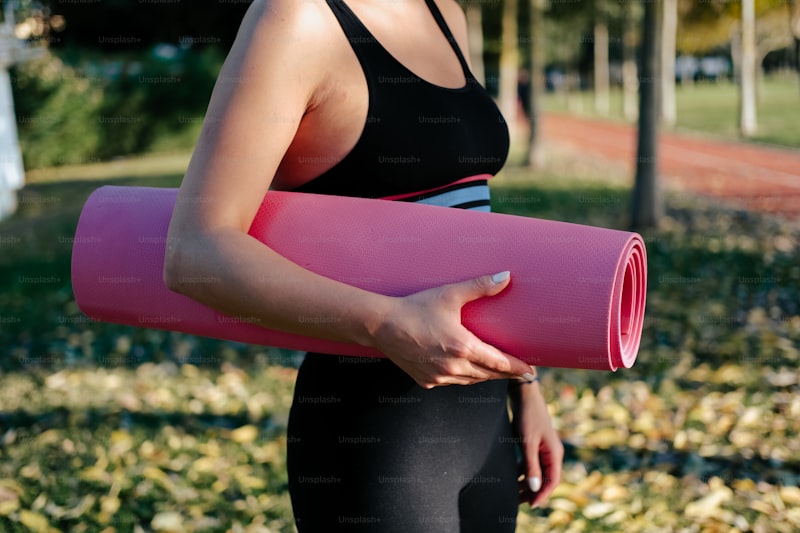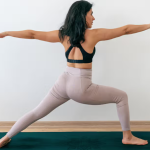Plastic pollution is a huge environmental disaster. Since Blue Planet II aired last year, the public has grown more and more outraged at the vast quantities of waste plastic polluting the entire planet.
It has also been a wake-up call for us as consumers to change our ways for the better.
As yoga practitioners one of the core yogic principles is ‘Ahimsa – non-violence’. We need to apply this principle of non-violence to how we treat the natural world we live in.
Step forward the eco-friendly ‘Suga mat’.
What is it?
The Suga mat is a yoga mat made from 100% recycled wetsuits.
Wetsuits are made from a heavy-duty, non-biodegradable plastic called neoprene, which is manufactured into the lining of wetsuits to help maintain divers’ and surfers’ core temperatures in freezing water. It’s a material that is extremely bad for the environment, as not only does it use a lot of energy to make, but it never breaks down – hence it used to be used to line landfill sites.
The discarded wetsuits are collected from recycling bins in surf shops up and down the Western coast of the States, as well as waste scraps from wetsuit manufacturers, and remade into premium-quality yoga mats.
Who came up with it?
The founder of Suga mats is Brian Shields, a surfer and yogi himself, and also a former environmental attorney, who sought a solution to the problem of thousands of old wetsuits going to landfill.
Living in the capital of surfing and yoga, Encinitas, California, Shields came up with the idea of a yoga mat made entirely from recycled wetsuits. As his idea straddled the two worlds, he called his mats ‘suga’ mats, a combination of the words ‘surfing’ and ‘yoga’. Fyi it’s pronounced ‘suu-gah’ (ie rhymes with beluga).
What’s it like?
The Suga mat is a heavy-duty, large yoga mat. Due to its ingredients it has a distinctive, mottled dark-grey colour – although the company are working on making their mats different brighter colours.
The dimpled surface feels ‘grippy’ and absorbs excess moisture from sweaty hands and feet, and being made from wetsuits, it’s also easy to clean. It can either be hosed down, or wiped with a watered down mixture of vinegar and tea tree oil.
Possible downsides to the mat are that it is heavy, so doesn’t work as well as a travel mat. Also, compared to mainstream yoga mats, which are made from soft, open-cell foam, the Suga mat is more dense, and feels less cushioned.
However, its pros of durability and sustainability (old Suga mats can be returned to be recycled once more) more than make up for the cons.
Where can we get it?
Currently, unless you live Stateside, the postage costs are rather prohibitive. However, Shields and his team are working on getting distributors for their product in the UK and the EU – so watch this space.
With ambassadors of the mat including surf legends such as Rob Machado and Taylor Know, if you’re into surfing and yoga – and care about the environment, these mats are surely a must.
Read more about Suga Mats here













